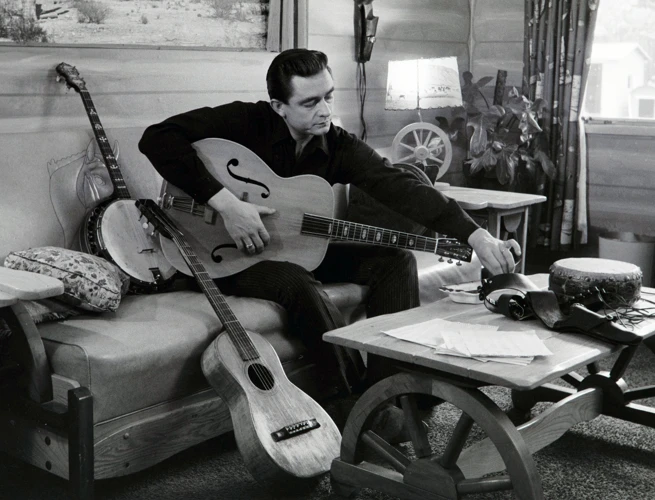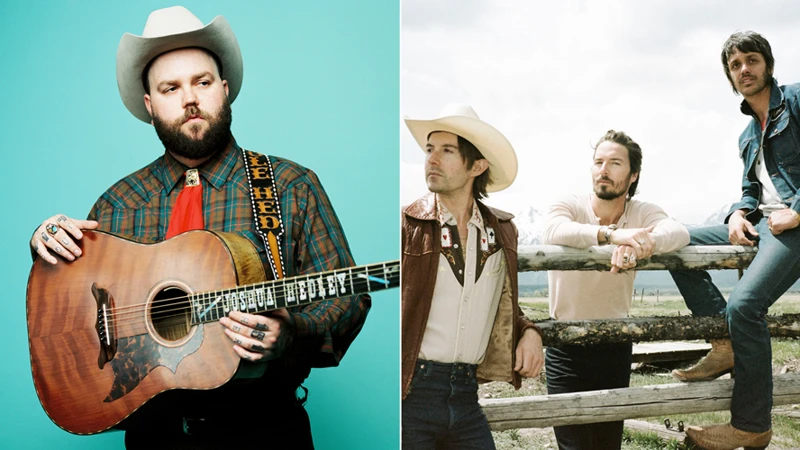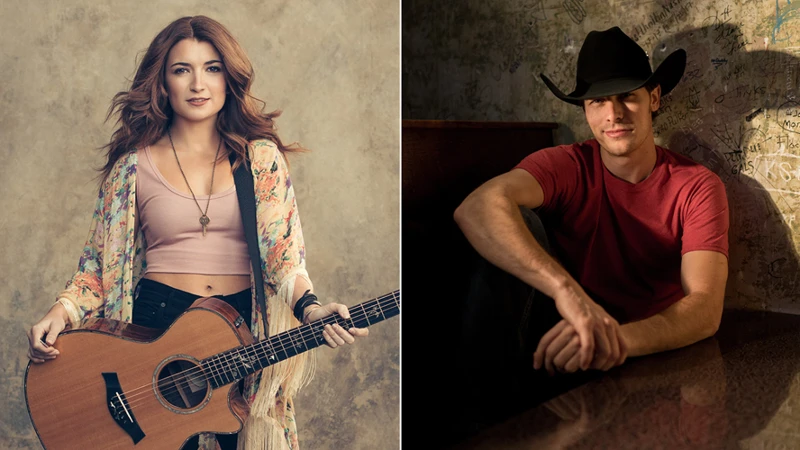Country music has a rich history and tradition, with the acoustic guitar playing a central role in shaping its sound. In modern country music, acoustic guitarists continue to be key figures, bringing their unique styles and techniques to the genre. From traditional country to contemporary hits, these musicians showcase the versatility and beauty of the acoustic guitar. Let’s dive into the world of acoustic guitarists in modern country music and explore some of the top players making waves in the industry.
Brad Paisley: Blending Tradition with Innovation
One of the most iconic acoustic guitarists in modern country music is Brad Paisley. Known for his virtuosic playing and signature Telecaster guitar, Paisley seamlessly blends traditional country sounds with innovative techniques. His intricate fingerpicking and melodic solos have earned him widespread acclaim, making him a standout figure in the genre.
Signature Style
Paisley’s playing is characterized by his lightning-fast runs, impeccable phrasing, and emotive bends. His ability to effortlessly switch between rhythm and lead playing sets him apart as a true master of the instrument. Whether he’s delivering a soulful ballad or a lively up-tempo track, Paisley’s guitar work never fails to impress.
Notable Songs
Some of Paisley’s most beloved songs that highlight his acoustic guitar prowess include “Whiskey Lullaby,” “Mud on the Tires,” and “She’s Everything.” These tracks showcase his dynamic range and skillful approach to the instrument, solidifying his status as a top-tier guitarist in the country music scene.
Kacey Musgraves: Redefining Country Guitar
While country music has often been associated with twangy electric guitars, Kacey Musgraves has emerged as a trailblazer for acoustic guitarists in the genre. With her introspective lyrics and laid-back style, Musgraves brings a fresh perspective to country music, incorporating elements of folk and Americana into her sound.
Innovative Songwriting
Musgraves’ songwriting is deeply rooted in storytelling, and her acoustic guitar playing serves as the perfect accompaniment to her poignant lyrics. Her stripped-down arrangements allow her to showcase her intricate fingerpicking and delicate touch, creating a warm and inviting sonic landscape.
Breaking Boundaries
Tracks like “Slow Burn,” “Space Cowboy,” and “Rainbow” highlight Musgraves’ innovative approach to country music, pushing boundaries and challenging conventions. Her ability to infuse traditional country sounds with a modern sensibility has garnered her critical acclaim and a dedicated fan base.
Keith Urban: A Guitar Virtuoso
Keith Urban is a household name in the world of country music, known for his soulful vocals and exceptional guitar skills. Urban’s dynamic playing style incorporates elements of rock, pop, and country, creating a sound that is uniquely his own. His energetic performances and infectious melodies have solidified his place as one of the top acoustic guitarists in modern country music.
Cross-Genre Appeal
Urban’s versatility as a guitarist is evident in his ability to seamlessly blend genres and create music that resonates with audiences across the musical spectrum. Whether he’s shredding an electric guitar solo or strumming an acoustic ballad, Urban’s passion for the instrument shines through in every note he plays.
Live Performances
Known for his electrifying live shows, Urban’s guitar prowess takes center stage as he effortlessly moves between acoustic and electric guitars, showcasing his technical proficiency and emotional depth. Songs like “Blue Ain’t Your Color,” “Somebody Like You,” and “You’ll Think of Me” highlight Urban’s ability to connect with audiences through his masterful guitar playing.
Interested in learning more about the world of country music guitarists? Check out our articles on contemporary country guitarists and their unique sounds, the use of electric guitars in country music, the best strings for acoustic guitar in country music, and the role of contemporary electric guitars in country music for a deeper dive into this fascinating genre!
Conclusion
Acoustic guitarists play a vital role in shaping the sound of modern country music, bringing their unique styles and techniques to the genre. From virtuosic players like Brad Paisley to innovative artists like Kacey Musgraves and versatile musicians like Keith Urban, acoustic guitarists continue to push boundaries and redefine what it means to be a country guitarist. As the genre evolves and new artists emerge, the acoustic guitar will undoubtedly remain a cornerstone of country music, enriching songs with its emotive melodies and timeless appeal.



